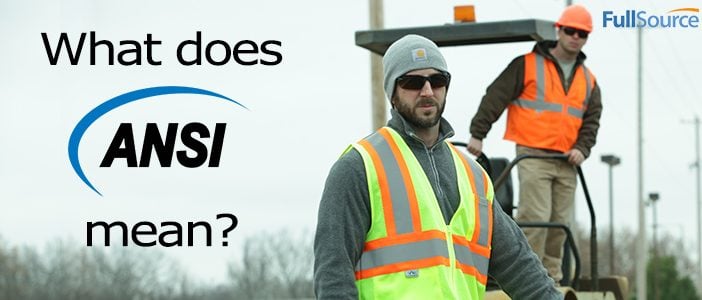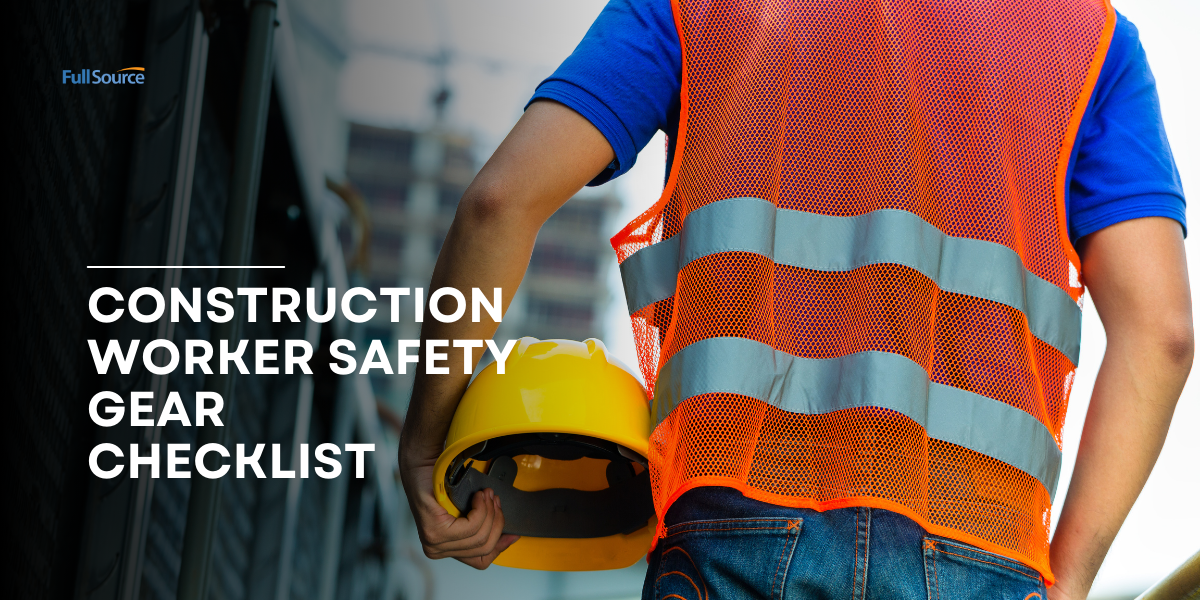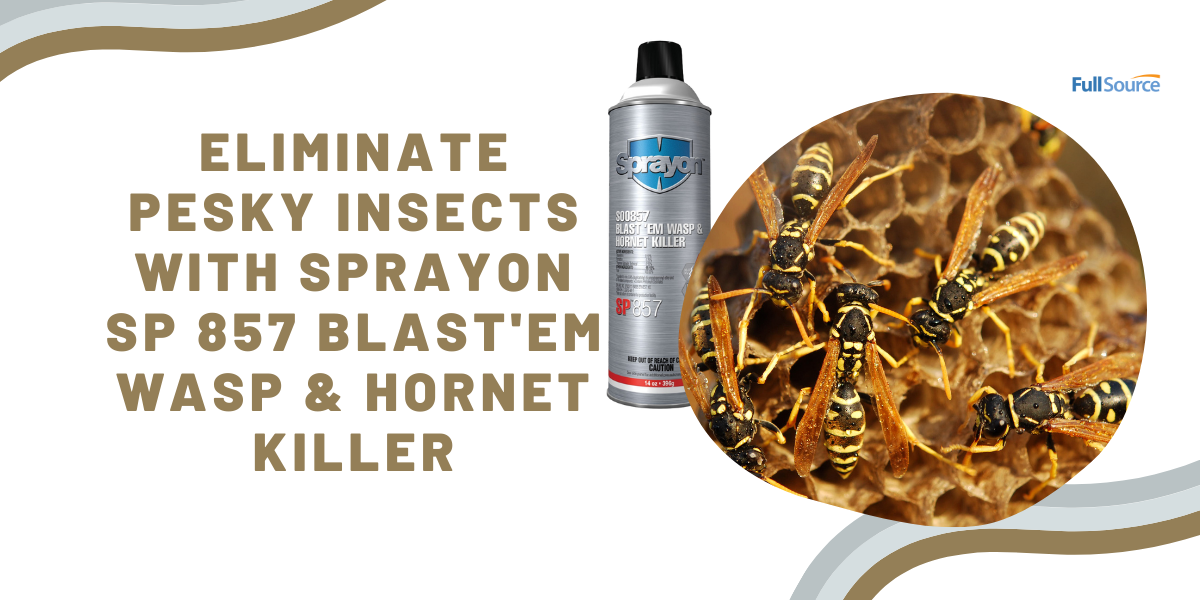What defines ANSI Standards?
The American National Standards Institute, or ANSI, has developed safety minimums for manufacturers and their products. And for over 100 years they have ensured the safety of American workers on the job site. These government regulated guidelines set the requirements for items like safety vests, safety glasses and hard hats. And the ANSI rating depends on the job site and hazards present. Most of all, workplace safety is a cornerstone of the agency.
Since there are 11,500 ANSI standard approval processes, they follow a set of core principles. And t
High Visibility Safety Apparel
First of all, high visibility apparel and uniforms are set to ANSI standards. This includes ANSI class 2, 3, E, and 107 Type R. And colors like orange and yellow/lime in bright fluorescent shades keep you visible. Hazards include poor weather conditions, working at night, or high pedestrian and car traffic areas like school zones. Therefore, reflective and luminescent (fluorescent) shades act as a defense against risks of personal injury. Each type of job has specific risks, and vehicle headlights must illuminate the reflective material. Examples of high visibility clothing include, but are not limited to safety vests, shirts, safety jackets, rain gear, and pants.
Safety Glasses
In addition to apparel, eye protection follows ANSI guidelines. And the ANSI Z87.1-1989 safety rating regulates hazards to your eyes and face. This includes chemicals, machinery, and welding. Also cutting and assembly operations. And the safety glasses or goggles must prevent things like dust, particles, debris or chemicals from entering or injuring your eyes. Also, this rating does not protect against gamma rays, radiation, microwaves or sport-related injuries. There are a variety of styles of safety glasses, goggles, and welding protective gear. And most meet the Z87.1 safety rating.
Work Gloves
Because hand protection from work gloves varies, deciding which to use and when is important. Either select from single-use disposable gloves to heavy-duty Kevlar cut-resistant styles. ANSI/ISEA 105 standards apply to cut resistance and went through an update in 2016. These new standards include 9 different levels. And these ratings feature the letter “A” in front of the numeric cut level. And gloves will often show the ANSI rating printed onto the surface/material. Also, cut resistant work gloves include styles like cotton, leather, rubber, and string knit. While coated palms and fingers enhance grip and provide further cut protection.
Hard Hats
Another job site PPE safety gear item is hard hats. These are a form of head protection and include a variety of styles. In addition, s
In conclusion, the guidelines for safety grading in the US is created by the American National Standards Institute or ANSI. Most of all, they use a review process that includes thousands of variables and oversight. Therefore, it is through this rigorous testing safety items like hi-vis reflective vests, safety glasses, and hard hats protect workers from injury.








2 Comments
Pingback: Retro Style Safety Glasses | Full Source Blog
Pingback: PPE - When, How, and Why to Wear It | Full Source Blog